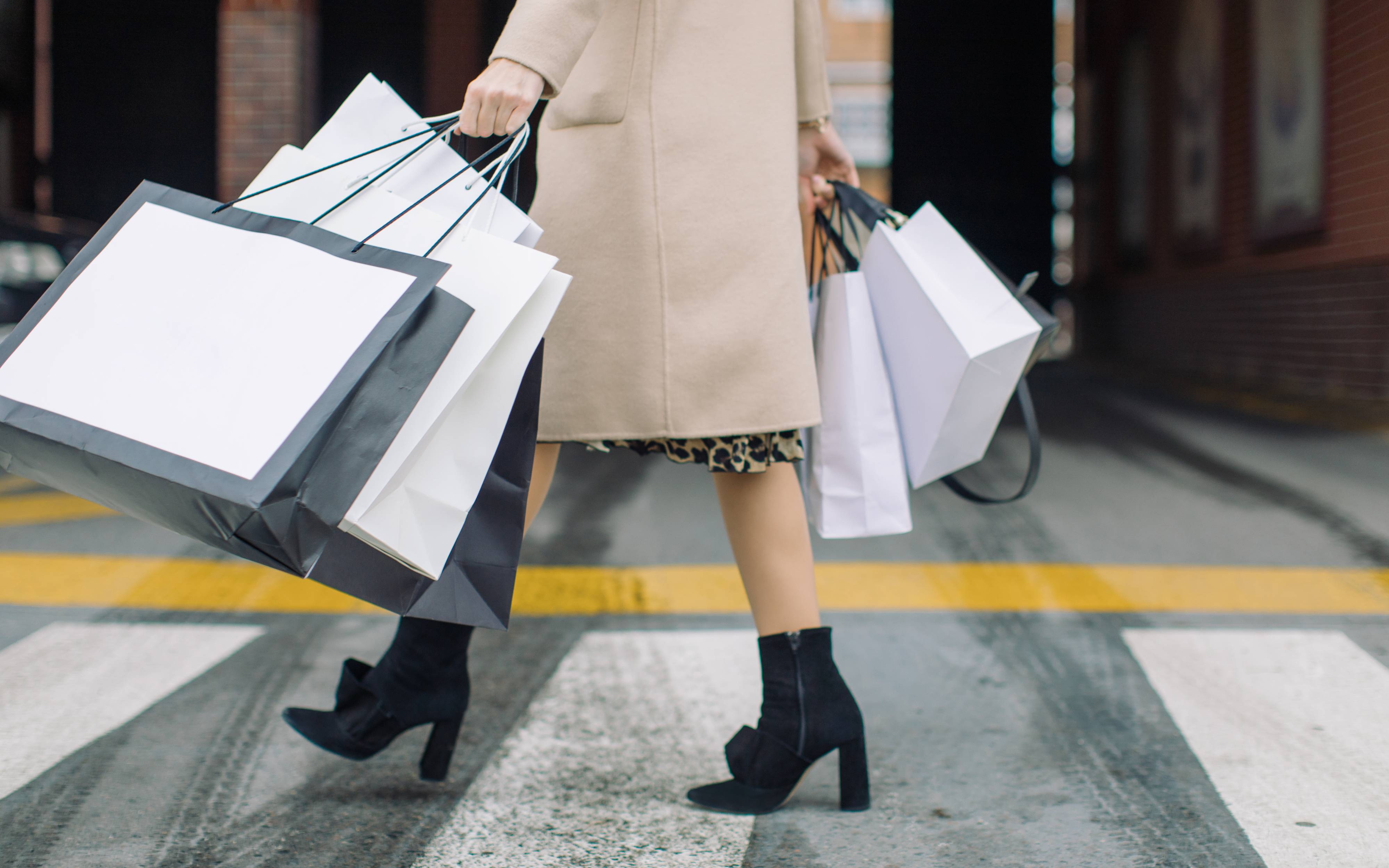An expert weighs on how to spot when claims of sustainability fall short.
We’re officially in the age of brand collaborations. From unlikely pairings like Crocs and Balenciaga to luxury fashion house partnerships such as Fendi and Versace, two brands coming together to create a collection is a surefire way to garner some press (ahem) while imagining new product possibilities. But while brand collabs attract attention, shoppers are increasingly looking for more than just flashy fashion drops. Instead, consumers are adopting a sustainability mindset — and more than ever expect brands to step up in the face of the climate crisis.
Some companies are addressing this growing demand: Most recently, Tommy Hilfiger and Timberland collaborated on a collection the brands’ say is focused on sustainability, with the line featuring pieces made from “recycled wool” and “sustainable rubber.” And while fashion brands committing to be environmentally-friendly is a step in the right direction, touting sustainability ultimately doesn’t mean much without transparency.
Transparency in the fashion industry is the public disclosure of information that allows consumers to hold brands accountable. It involves sharing information about supply chains, business practices and the impacts of these practices on human rights and the environment. A 2021 report from non-profit organization Fashion Revolution assessed the transparency of 250 of the world’s largest fashion brands and retailers to inform consumers on the companies’ social and environmental efforts. The organization found that a widespread lack of transparency has made it difficult for consumers to trust claims of sustainability. For instance, according to the study, only 14 per cent of major brands disclose the overall quantity of products made annually, and without such basic information, how are shoppers to understand the scale of overproduction globally?
In order for consumers to make responsible decisions, brands need to do their part through basic labeling and education, says Casey Strauch, a representative from Oeko-Tex, an international association for research and testing in the field of textile and leather ecology. The organization works with companies worldwide to test chemical levels in textiles, and issues certifications for safe products. Strauch shared some tips with FASHION on how consumers can spot genuine transparency from brands and shop more sustainably.
How can shoppers spot false claims of sustainability from fashion brands?
“Without third-party independent research, testing and certification, environmental claims can fall flat,” says Strauch. She warns to look out for catchphrases that pledge sustainability but lack details or action plans. “Some of the buzzwords include adjectives and messaging like: ‘sustainably made,’ ‘clean,’ ‘non-toxic,’ and ‘all natural,’ which do not have universally accepted and clearly defined terms or standards. So education and verification is key.”
What should shoppers be looking for from brands who pledge sustainability?
“Consumers should think about sustainability as a journey. Look for concrete, specific claims that address aspects they care about most, and look for independent labels that cover the full spectrum of factors that go into being environmentally friendly — including testing for harmful substances, environmentally friendly production, [as well as] safe and socially responsible working conditions.”
Strauch advises checking to see whether the product you’re buying has been tested and verified as sustainable. “To avoid falling prey to greenwashing, consumers should check the label or website to see if a trusted third-party organization has verified the brand’s claims,” she adds.
Why is it important for brands to be transparent about sustainability practices?
“Many consumers do not know how textiles or clothes are produced and aren’t aware of the potential environmental, social and health issues stemming from them being treated and manufactured with harmful chemicals,” says Strauch, adding that certain chemicals used in textile production are especially harmful for babies, young children, the elderly and people prone to allergies. “It’s important to increase awareness about sustainability in fashion so that consumers and companies make responsible decisions that protect our planet for future generations.”
